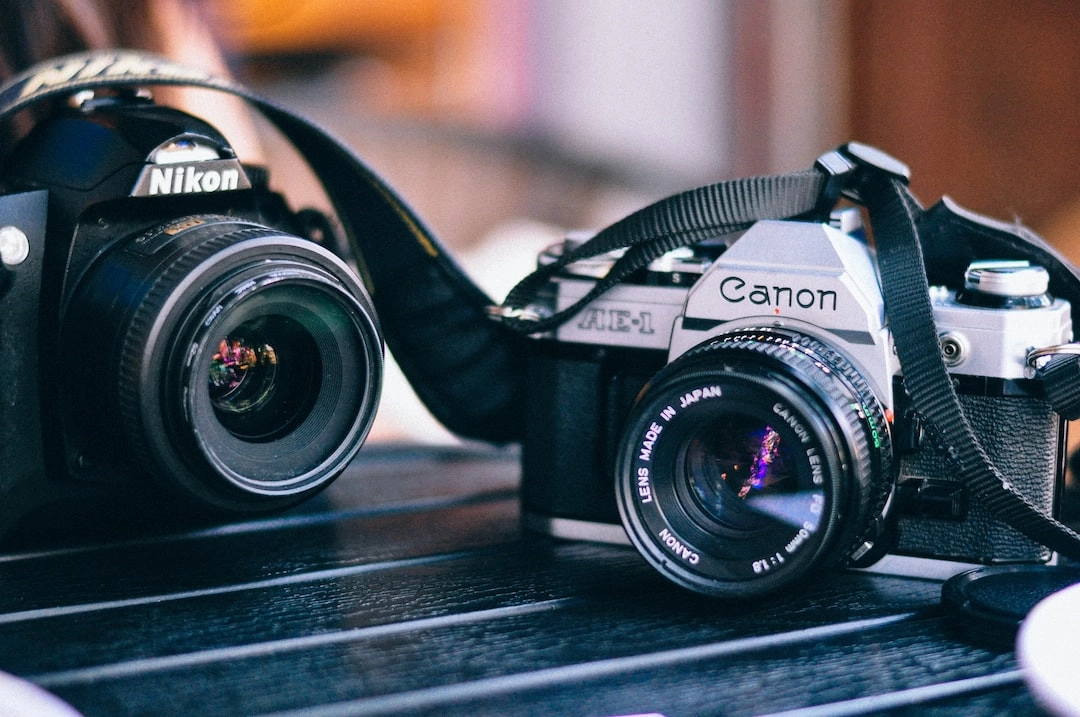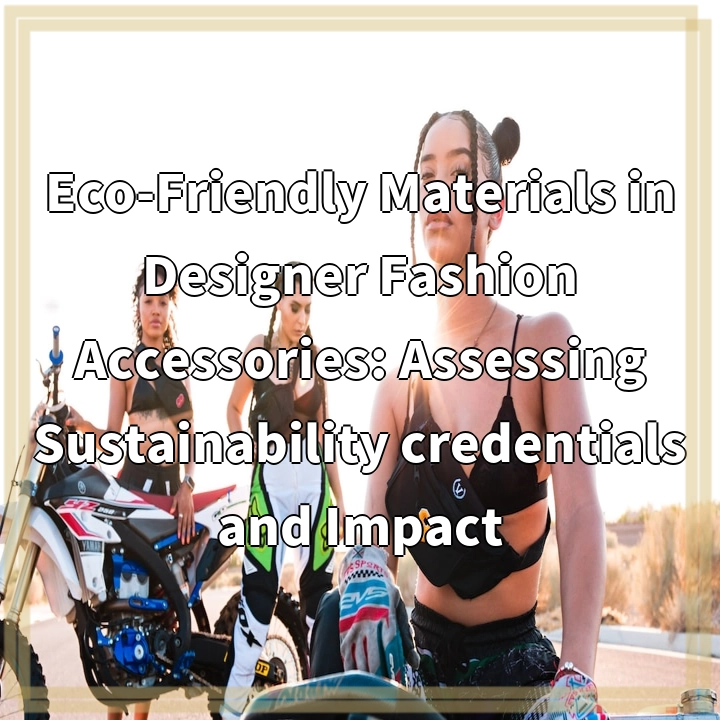
What Sustainable Practices in Photography: Building a Greener Lens Means
Sustainable practices in photography refer to the efforts made by photographers and the industry as a whole to reduce the negative environmental impact associated with the art form. It involves adopting eco-friendly techniques, using sustainable materials, minimizing waste, and promoting conservation.
Real-World Problems Associated with Unsustainable Photography Practices
1. High Energy Consumption
Photography equipment, such as cameras, lighting, and computers, require a significant amount of energy to operate. This, in turn, contributes to greenhouse gas emissions and fossil fuel consumption. The use of energy-efficient equipment and optimizing energy usage can help mitigate this issue.
2. Excessive Waste Generation
Photography involves the use of various materials such as plastic packaging, single-use batteries, and disposable props. The accumulation of waste, especially if not properly disposed of, adds to the overall environmental pollution. Implementing recycling programs and choosing reusable or biodegradable alternatives can reduce the waste generated in the industry.
3. Chemical Pollution
Traditional photography methods, including film processing, often involve the use of harmful chemicals such as fixers and developers. Improper disposal of these chemicals can contaminate waterways and harm ecosystems. Adopting digital photography and utilizing environmentally friendly printing techniques can minimize chemical pollution.
4. Habitat Disruption
Photography often involves capturing images in natural settings, which can potentially disrupt and disturb habitats and wildlife. Careless behavior, such as trampling vegetation or approaching too closely to animals, can have detrimental effects on the environment. Practicing responsible photography, respecting wildlife and natural areas, and adhering to ethical guidelines can help mitigate habitat disruption.
5. Unsustainable Material Usage
Photography relies on various materials such as ink cartridges, photo paper, and studio props. The extraction, production, and disposal of these materials contribute to resource depletion and waste accumulation. Opting for sustainable materials, such as recycled paper and eco-friendly inks, and utilizing second-hand or repurposed props can help reduce the environmental impact.

Solutions for Sustainable Practices in Photography: Building a Greener Lens
To address the real-world problems associated with unsustainable photography practices, there are several solutions and best practices that photographers can implement:
1. Embrace Energy Efficiency
Switch to energy-efficient equipment, such as cameras, LED lights, and computers. Optimize energy usage by turning off equipment when not in use and utilizing power-saving settings. This helps reduce energy consumption and lower greenhouse gas emissions.
2. Reduce, Reuse, and Recycle
Minimize waste generation by avoiding single-use materials and opting for reusable or biodegradable alternatives. Implement recycling programs for materials such as paper, plastic, and batteries. Consider repurposing or donating props instead of discarding them.
3. Choose Digital Photography and Eco-Friendly Printing
Shifting towards digital photography eliminates the need for film processing with harsh chemicals. Explore eco-friendly printing options, such as using water-based inks and recycled paper. This reduces chemical pollution and resource consumption.
4. Practice Ethical Wildlife Photography
Respect wildlife and their habitats while capturing images. Maintain a safe distance from animals, use telephoto lenses to avoid disturbing them, and adhere to ethical guidelines. This minimizes the disruption and stress placed on wildlife and their ecosystems.
5. Opt for Sustainable Materials
Choose eco-friendly materials for photography-related products, such as recycled paper and biodegradable packaging. Consider sourcing second-hand props or repurposing existing ones to reduce resource consumption and waste generation.















